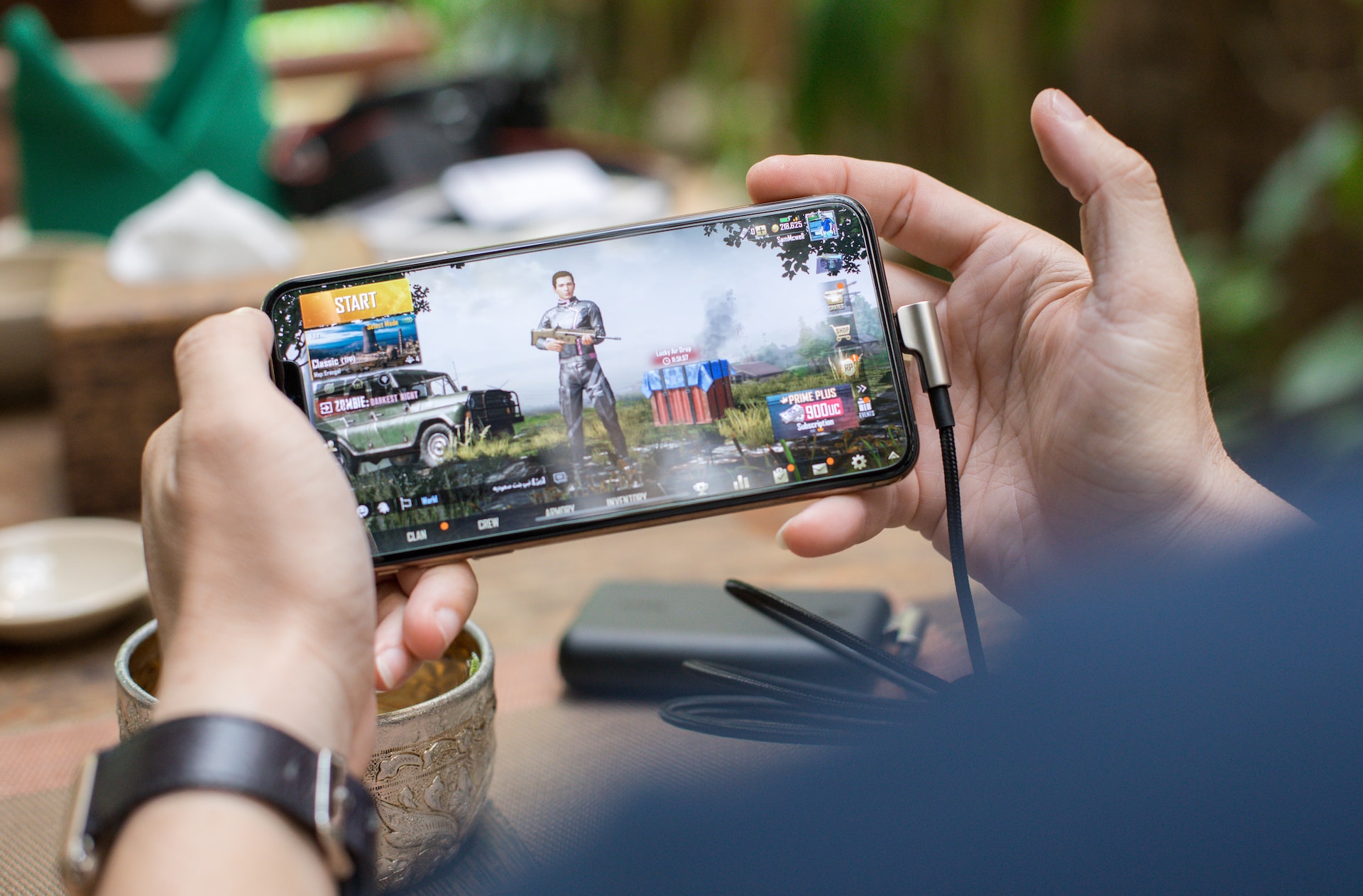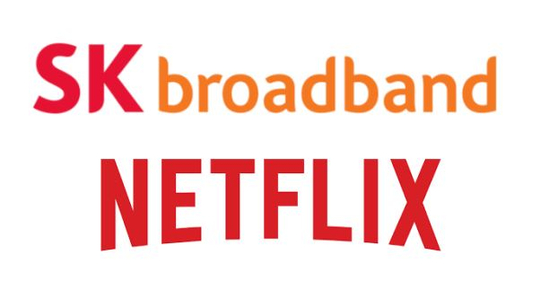The intersection of healthcare and technology has the potential to revolutionize how we access medical services. Telecommunication is one such aspect that’s making healthcare more inclusive by breaking down barriers and enabling equal access to care for all, regardless of their location or physical limitations. In this blog post, we’ll explore how telecom is transforming the landscape of healthcare delivery, from telemedicine to mHealth apps – and why it’s essential in creating a more inclusive future for everyone. So grab your reading glasses and get ready to discover the exciting ways telecom is bridging gaps in health equity!
What are the barriers to healthcare access?
There are many barriers to healthcare access, but four main ones stand out: cost, geography, language, and culture.
Cost is a major barrier to healthcare access. In the United States, for example, the average cost of a hospital visit is $1,233. That’s more than double the average cost in other developed countries ($541). And it’s not just hospital visits that are expensive – prescription drugs, doctor’s visits, and other health services all come with a high price tag.
Geography is another barrier to healthcare access. People who live in rural areas often have to travel long distances to see a doctor or go to a hospital. This can be difficult and expensive, especially if public transportation is not available.
Language can be a barrier to healthcare access. If you don’t speak the same language as your doctor or nurse, it can be difficult to communicate your symptoms and get the care you need. This is an issue for many immigrants and refugees who come to the United States from countries where English is not the primary language.
Culture can also be a barrier to healthcare access. Certain cultural beliefs may prevent someone from seeking medical care, such as the belief that illness is punishment from God or that Western medicine is evil. Additionally, people from minority groups may face discrimination when trying to access healthcare services.
How is telecom making healthcare more inclusive?
Technology has always been a great equalizer, and telecom is at the forefront of making healthcare more inclusive. By providing access to reliable communication systems, telecom companies are helping to close the gap between patients and providers. This is especially important in rural areas, where patients may have limited or no access to medical care.
In addition to improving access to care, telecom is also helping to improve the quality of care. Through video conferencing and other digital tools, providers can consult with experts from around the world. This makes it possible for patients to receive the best possible care, regardless of their location.
Telecom is also making it easier for patients to take control of their own health. With online portals and mobile apps, patients can track their own health data and make appointments with their doctors. This gives them greater autonomy and responsibility for their own health, which can lead to better outcomes overall.
What are the benefits of inclusive healthcare?
Inclusive healthcare is an approach to healthcare that takes into account the needs of all patients, regardless of their background or identity. By providing care that is tailored to the individual, inclusive healthcare can help to improve health outcomes and increase access to care.
Inclusive healthcare can help to reduce disparities in health outcomes. When all patients have equal access to care, they are more likely to receive the treatments they need in a timely manner. This can lead to better health outcomes for all patients, regardless of their background.
Inclusive healthcare can also help to increase access to care. Patients from all backgrounds can benefit from care that is tailored to their individual needs. This can help to reduce barriers to care and improve overall health outcomes.
Case study: how one telecom company is making a difference
In many developing countries, women are less likely than men to have access to health information and services. This can be due to a number of factors, including poverty, gender discrimination, and lack of education.
However, one telecom company is working to change this by making healthcare more accessible for women in rural areas. The company has set up a network of female community health workers who provide health information and services to women in their communities.
The community health workers use mobile phones to call and text women in their communities about health topics such as family planning, immunization, and maternal and child health. They also use the mobile phones to connect women with local healthcare providers.
This innovative program is making a difference in the lives of women in rural communities by giving them access to essential health information and services. It is also helping to break down barriers to healthcare access and inclusion.
Conclusion
The telecommunication industry has shown great commitment to breaking down barriers to access in healthcare and making it more inclusive. From connecting remote areas with health professionals, providing virtual consultations, and helping out those without access to reliable internet, telecom companies are playing a vital role in ensuring everyone can benefit from the advancements of technology in modern healthcare. With their help, better care is becoming increasingly available for all regardless of geographic or financial constraints.









